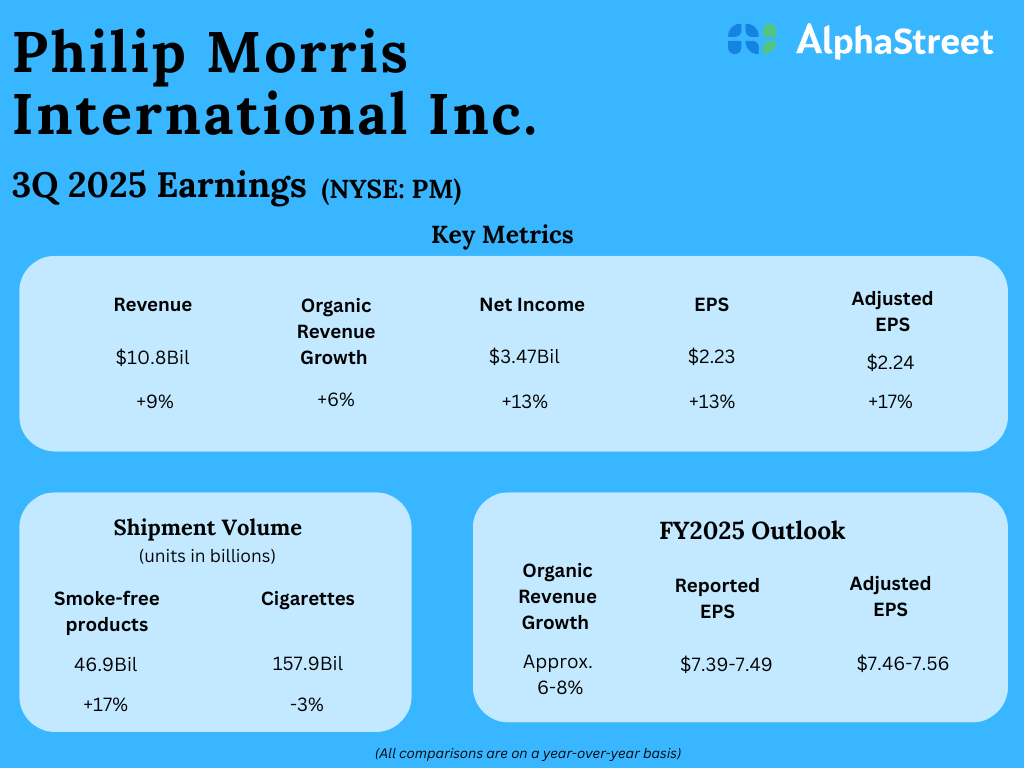Parent PLUS loans were meant to help parents support their children’s education—but for many Boomers, they’ve become a financial burden lasting into retirement. With balances often exceeding $30,000–$50,000, many parents don’t realize they may qualify for forgiveness or state relief programs. Unfortunately, most forgiveness information focuses on students, not parents. Here are four loan forgiveness or assistance programs that vary by state—and how Boomers can take advantage before it’s too late.
1. State-Based Loan Repayment Assistance for Public Service Workers
Many states extend forgiveness programs not just to borrowers but to parents who took out loans for children, if the parent works in public service. The Federal Student Aid Office (FSA) confirms that Parent PLUS loans can qualify for Public Service Loan Forgiveness (PSLF) when consolidated into a Direct Loan. States like New York, Maryland, and Illinois offer additional repayment assistance to qualifying government or nonprofit employees. However, many parents miss out because they never consolidate or submit the PSLF form under their own name, assuming it only applies to their child’s loans.
2. Teacher and Education-Based Forgiveness Extensions
Several states have education-specific forgiveness programs that include Parent PLUS borrowers who work in K–12 or higher education. States such as Texas, Ohio, and Florida offer partial repayment assistance for educators supporting dependents’ college costs. Parent borrowers who teach or work in school systems often qualify for the same benefit tiers as student borrowers—if they apply directly through the state’s higher education office. Many Boomers overlook this because the application process is separate from the federal system.
3. State Hardship or Economic Recovery Relief Programs
After COVID-19, multiple states launched temporary loan relief or debt-assistance funds for struggling families. There are programs in states like California, Vermont, and Massachusetts that used federal pandemic funds to help residents with loan repayment, including Parent PLUS loans. These programs typically prioritize lower-income borrowers or those nearing retirement with limited savings. Because they’re time-limited, many Boomers never hear about them until after applications close. Checking your state’s education finance authority site annually ensures you don’t miss these hidden opportunities.
4. Forgiveness Through Income-Driven Repayment (IDR) Plans
Even if no state-specific program applies, Boomers can still qualify for federal forgiveness via income-driven repayment. The U.S. Department of Education allows Parent PLUS borrowers to consolidate into a Direct Loan and then enroll in the Income-Contingent Repayment (ICR) plan. After 25 years of qualifying payments, the remaining balance is forgiven. Some states—like Oregon and Washington—offer additional tax support or counseling for borrowers nearing the forgiveness threshold. Yet many Boomers never consolidate, locking themselves out of eligibility.
Don’t Leave Free Forgiveness on the Table
Thousands of parents are still paying loans they could reduce—or erase—with the right paperwork. Between federal consolidation and state-level support, forgiveness is often closer than it appears. For Boomers, it’s not about handouts—it’s about reclaiming retirement stability after decades of helping others succeed.
Do you or someone you know still carry Parent PLUS debt? Share your experience in the comments—it could help another parent discover a program they didn’t know existed.
You May Also Like…

Teri Monroe started her career in communications working for local government and nonprofits. Today, she is a freelance finance and lifestyle writer and small business owner. In her spare time, she loves golfing with her husband, taking her dog Milo on long walks, and playing pickleball with friends.



























